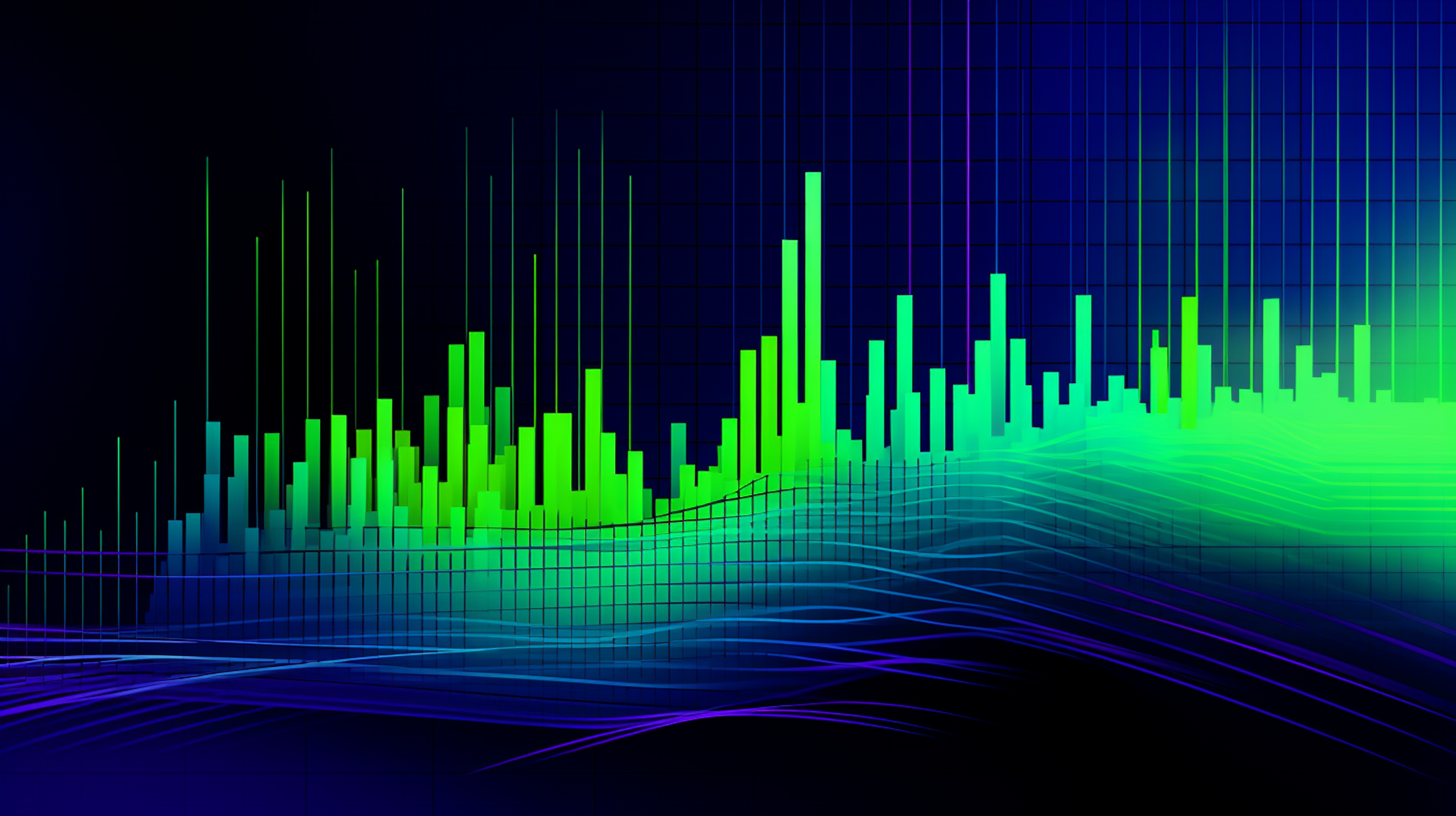Lesson 1
Data Analysis Process
Go through the data analysis process from start to finish using a dataset about Udacity student engagement.

Course
Explore a variety of datasets, posing and answering your own questions about each. You'll be using the Python libraries NumPy, Pandas, and Matplotlib.
Explore a variety of datasets, posing and answering your own questions about each. You'll be using the Python libraries NumPy, Pandas, and Matplotlib.
Intermediate
Last Updated December 11, 2023
No experience required
Lesson 1
Go through the data analysis process from start to finish using a dataset about Udacity student engagement.
Lesson 2
Learn how to use NumPy and Pandas to write clean, concise, and fast data analysis code for one-dimensional data.
Lesson 3
Learn more features of NumPy and Pandas you can use to analyze two-dimensional data.
Lesson 4
Conduct your own analysis over a dataset, and share what you've found!

Instructor
Combine technology training for employees with industry experts, mentors, and projects, for critical thinking that pushes innovation. Our proven upskilling system goes after success—relentlessly.

Demonstrate proficiency with practical projects
Projects are based on real-world scenarios and challenges, allowing you to apply the skills you learn to practical situations, while giving you real hands-on experience.
Gain proven experience
Retain knowledge longer
Apply new skills immediately

Top-tier services to ensure learner success
Reviewers provide timely and constructive feedback on your project submissions, highlighting areas of improvement and offering practical tips to enhance your work.
Get help from subject matter experts
Learn industry best practices
Gain valuable insights and improve your skills